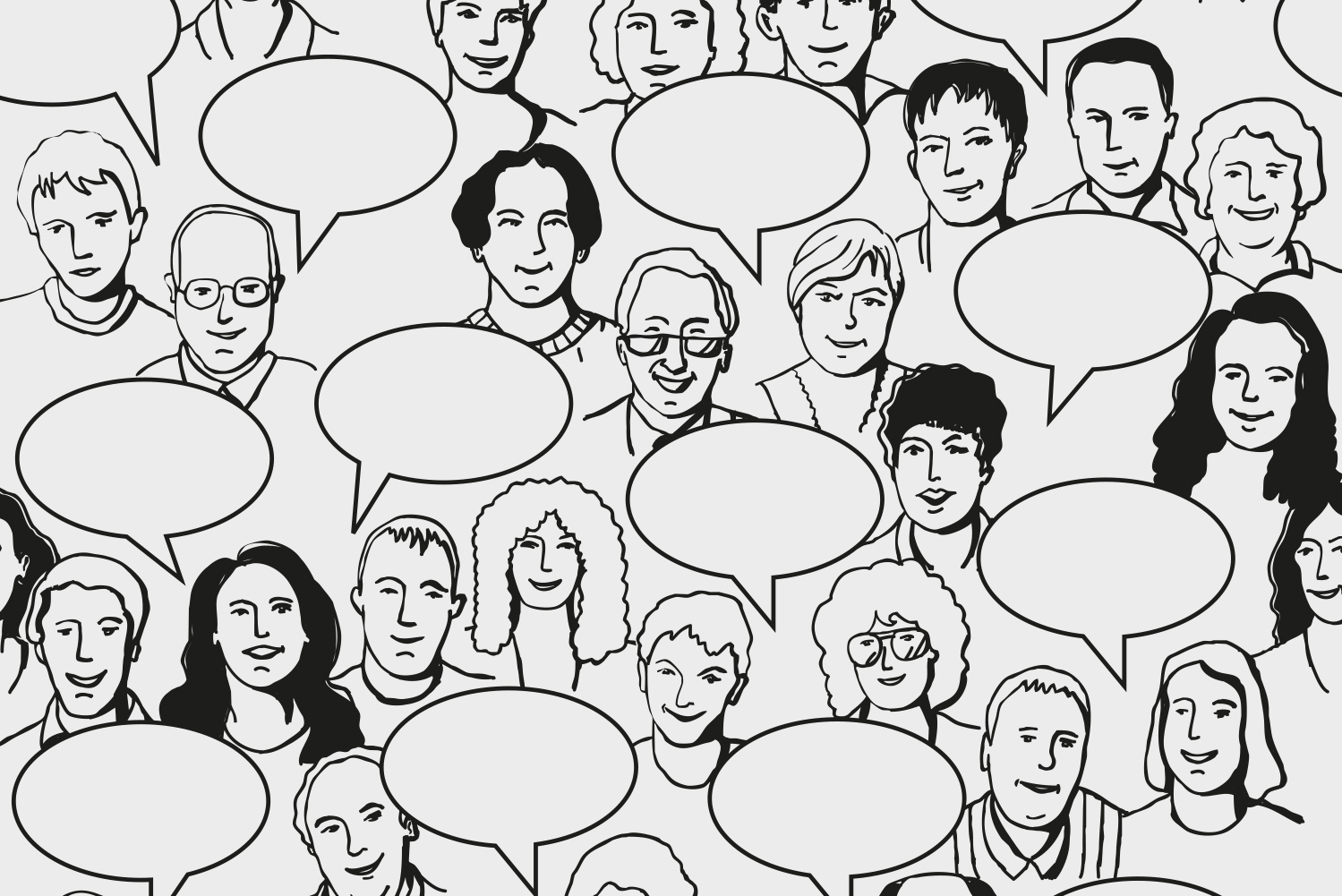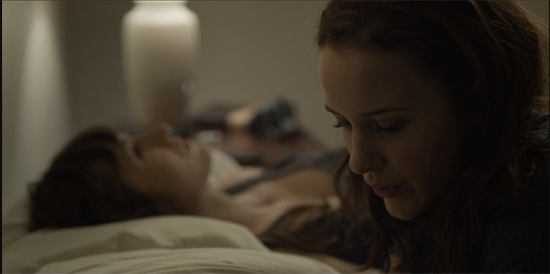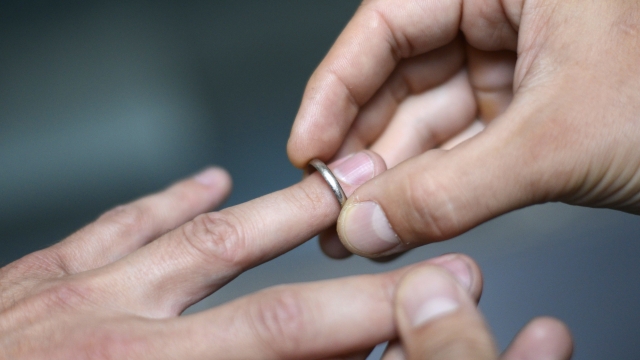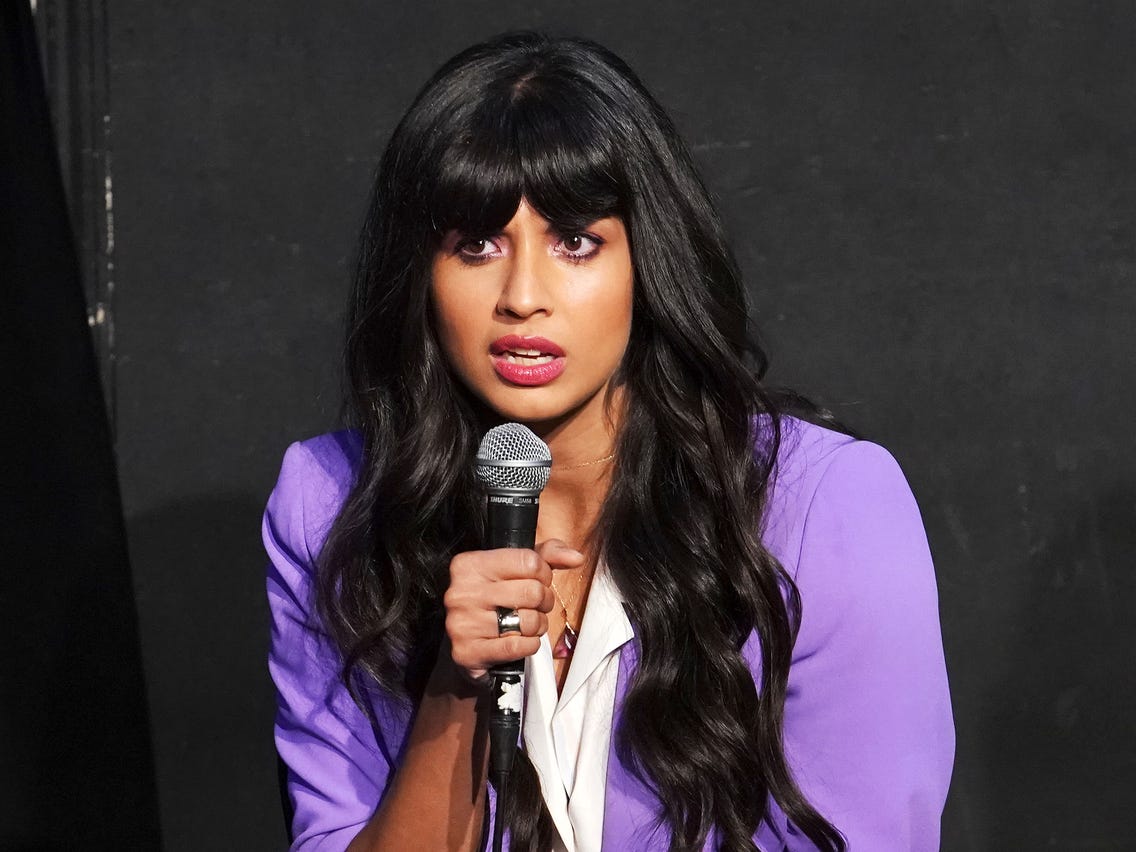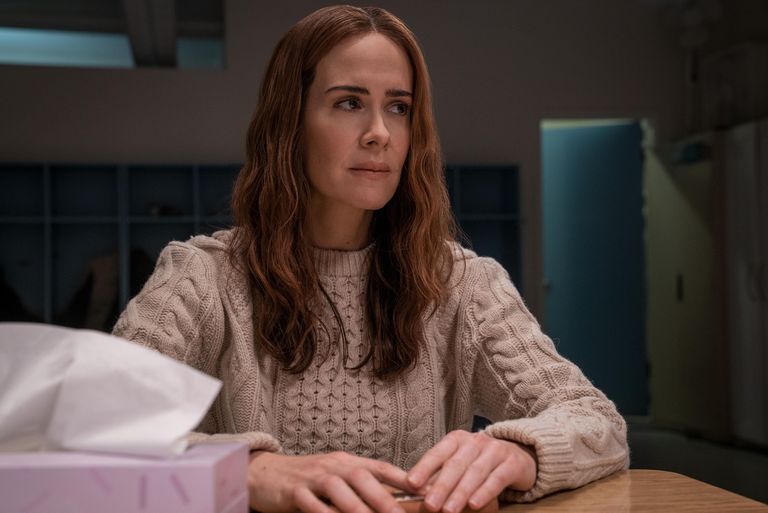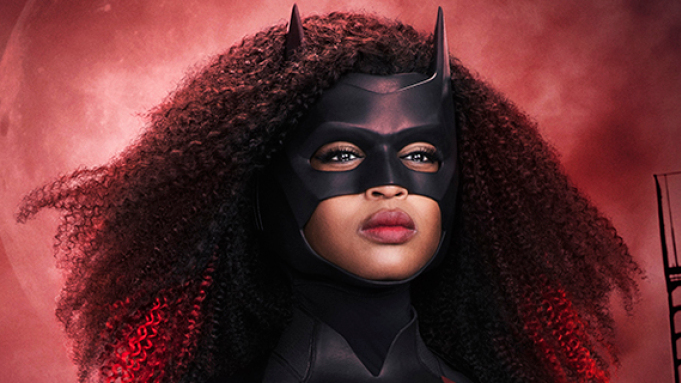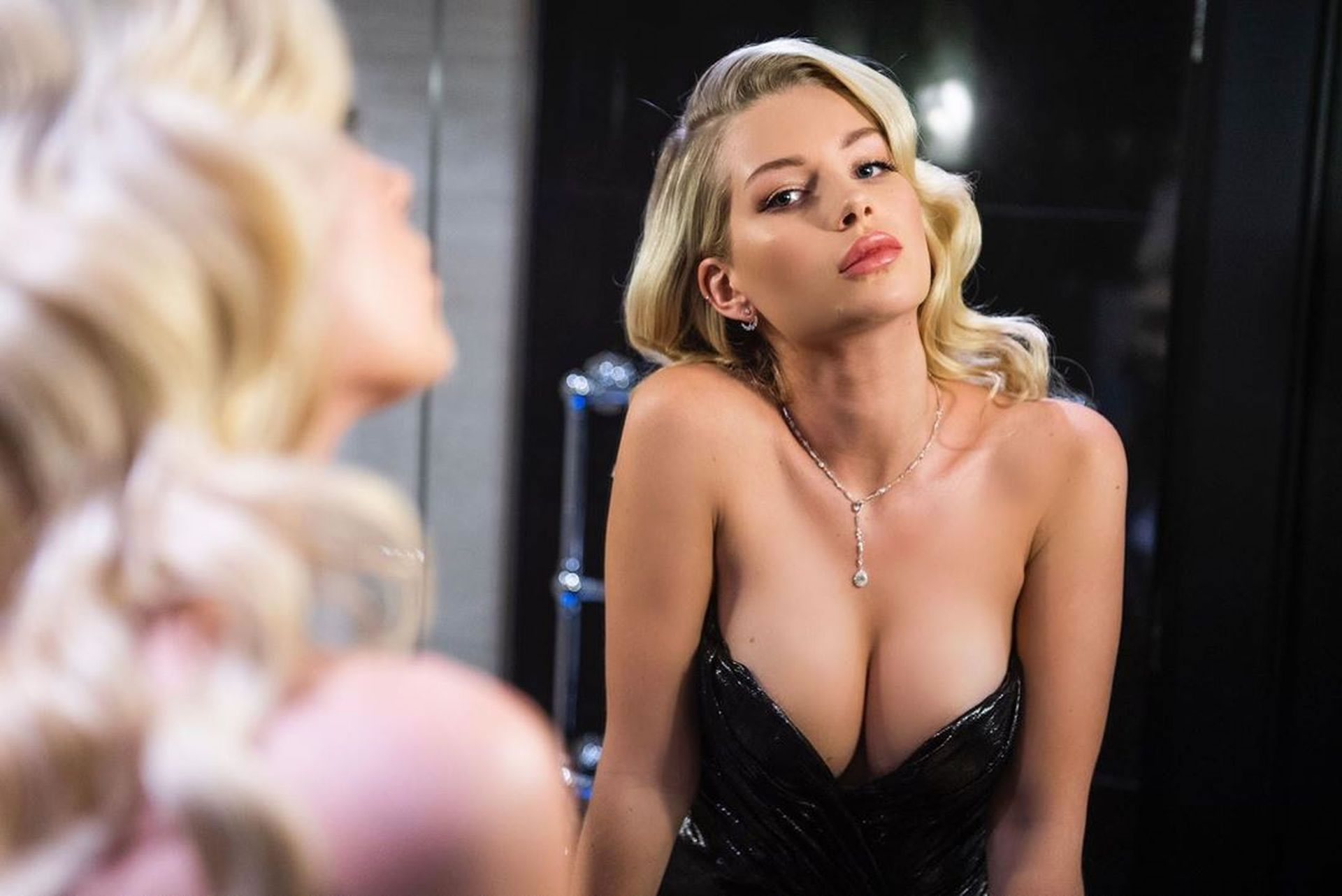[tweet_dis]Words can be empowering or limiting depending on the context [/tweet_dis]. Most LGBTQIA+ communities have coined and adopted an extensive vocabulary that provides us with ways to differentiate between sex and gender, between gender and sexual orientation, between sexual orientation and romantic orientation—It can help to recognize different aspects and how these combine in different ways, in a person or a relationship.
These can also intimidate or distract a label-conscious individual from simply accepting a human experience.
When it comes to cisgendered straight people asking a queer couple something like, “Which one of you is the man, and which one of you is the woman?” It can be an awkward situation, more awkward than not being on the same page—It’s a matter of not having the same dictionary, not reading the same alphabet, even not being in the same library.
“Which one of you is the man, and which one of you is the woman?”
It can matter that such a question rarely comes out of ill will or some desire to confront the queer couple with how strange and wrong the relationship is—Rather, it usually comes from a paradigm that serves as a common default and therefore we would all commonly understand it even if it no longer applies. Sometimes, it does apply to a queer couple that just so happens to suit traditional masculine and feminine roles comfortably.
In the latter case, the straight querent gets a more-or-less straight answer. For example, the butch lesbian is the man, and the lipstick lesbian is the woman, and everyone in the conversation ends up satisfied. Or, the butch lesbian is the woman, and the lipstick lesbian is the man, the conversation turns to some slightly more queer than anticipated – who fulfils so-and-so roles professionally versus at home versus (if you want to spice up the conversation) in the bedroom—but nothing too serious, nothing that shakes the foundations of the default paradigm, and everyone in the conversation ends up satisfied. This happens.
It also does frequently happen that the question doesn’t get conversation rolling quite so easily. Gay comedienne Ellen DeGeneres is credited with the observation that, “Asking who’s the man and who’s the woman in a same sex relationship is like asking which chopstick is the fork.” The conventions of a straight relationship don’t apply to queer relationships. How amusingly ignorant it is that some people would presume that it does—and the way DeGeneres put it is clever, simple, and not generally confrontational. That conversation can end with a laugh and a change of topic.
In many other ways, a conversation resulting from this question can proceed splendidly.
This doesn’t change the fact that the question does impose expectation, and (unintentionally, or even intentionally) highlights how strange and wrong a queer relationship is in the context of a heteronormative society. If the conversation did happen to take a turn for the less-than-splendid-and-satisfactorily, that’s probably the reason why.
Considering this, the real answer to the question is another question: Why does this cisgendered straight person care about who fits what gender role, in a relationship in which they are not included?
The answer can indicate not only how the conversation should proceed, but whether it’s worth having to everyone involved.
